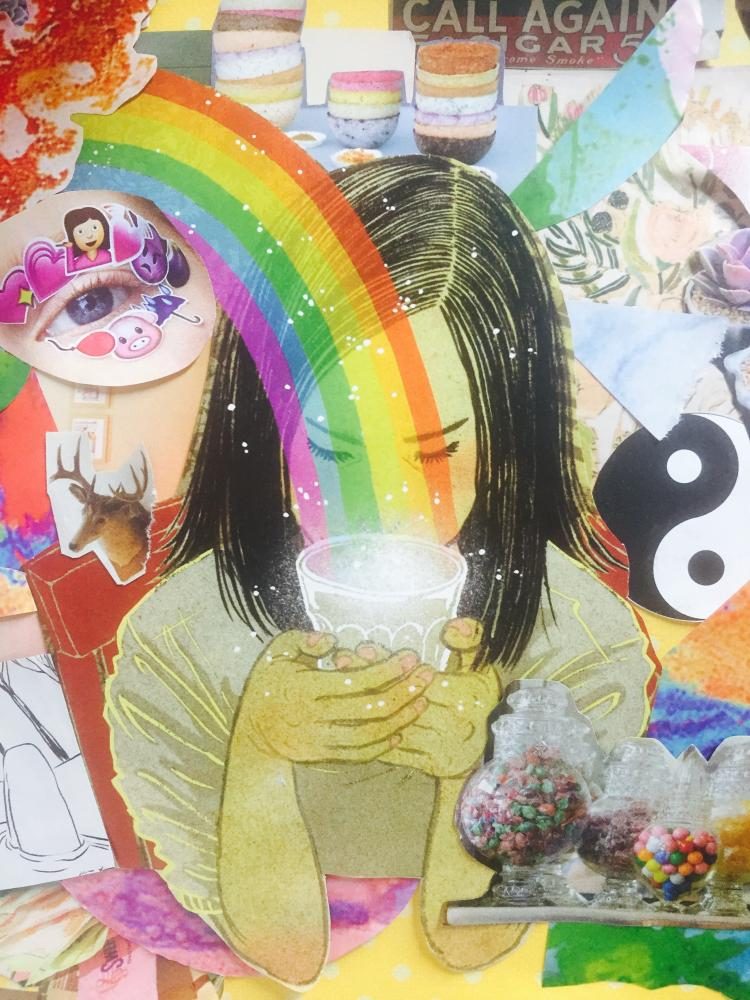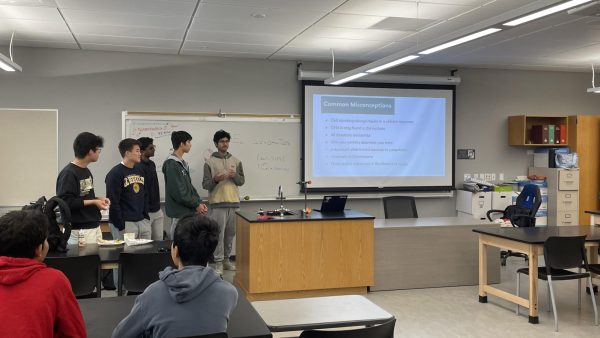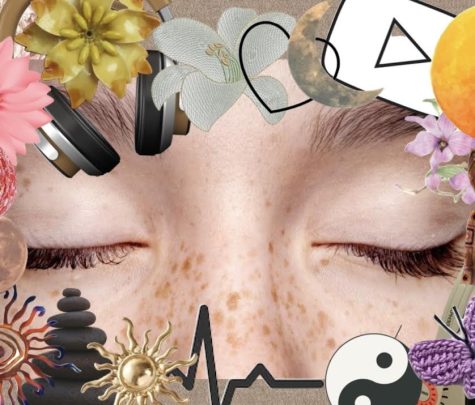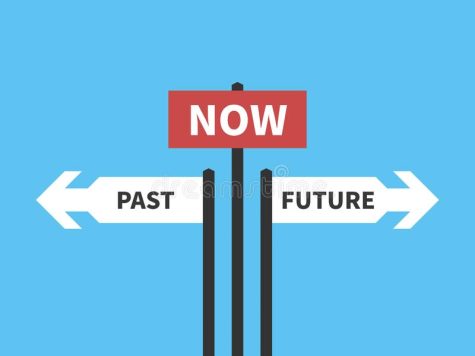The Garlick Press: Teens with Autism
Mental disability is not something you outgrow
Photo by Kira Garlick
Teens with autism think differently than other people
Imagine walking into a grocery store, but with superpowers. You can hear every wheel of multiple shopping carts, the swish of plastic bags and the shuffling of feet all at the same decibel. It can get crowded in your mind, and your senses begin to jumble.
This is only one point of view from a mind with autism.
You have probably heard this before, but never understood exactly what it was. And that, along with the silence about the topic, is what creates stigma these people don’t deserve.
Autism is a mental disability is unlike any other condition. Some wear their scars and deformities on the outside whereas others, like autistic differences, are internal within the mind.
The condition is different for everyone. Autism exists as a spectrum, and cannot be labeled with black and white definitions.
Around 3.5 million Americans are on the spectrum of autism, according to Autism Society. Of those individuals, 35 percent of people ages between 19-23 are unemployed due to their disability, or have not gotten an education beyond high school.
This exclusion can be traced back to diagnosis and financial aid, some factors which help more low functioning individuals live a normal life despite their condition. Early diagnosis can help this by reducing the cost by two-thirds, according to Autism Society.
If people didn’t realize cost be an issue, that is part of the problem shrouding the view of what life with mental disability is like.
I have amazing family friends who have a son with autism. We go on hikes and eat at restaurants, but the experience can be different from a normal day. My friend is nonverbal, and I remember as a young child, we didn’t have to communicate because we simply played with stuffed animals together. Now as teens, the divide is harder.
When I saw posters about mental disabilities as a kid, it was always portrayed in the face of a child, but never for older people.
That age divide is what bothers me the most. Though society has begun more discussion about mental disabilities, the conditions are always embodied in the face of a young child and seem to ignore anyone past elementary school. I have yet to see ample awareness of autistic teens and young adults.
American society is filled with stigma over mental illness. Only recently have depression and anxiety been discussed more in mainstream media. Our generation has yet to take the leap and recognize mental disabilities as a topic not of taboo, but of understanding.
What we need, especially in high schools, is more acceptance and understanding as to what exactly is going on in the minds of the mentally disabled. They are not weird. They are not to be shunned. They are witty, smart and some of the funniest people I have met and shouldn’t be treated an differently.
The awareness week for this may have passed, but that doesn’t mean the end of a discussion. Talking about these topics is what can alleviate the confusion most of us have so we can see these people for who they really are.










![Ranabhat said she is most enthusiastic about the humorous aspects of the play, especially the puppet show.
“[Madara and I] spent a lot of time on the puppet show, and we tried to make it funny,” Ranabhat said. “I am excited to see what people will think about it and if the audience will understand the references.”](https://hhsepitaph.com/wp-content/uploads/2022/05/IMG_7454.CR2_-475x317.jpg)


Gesa Barto • May 19, 2017 at 9:35 am
Autism is a neurological difference. (
This view is supported by research and science.
Your description occupies semantically the field between mental illness. The word ‘mental’ suggest a closer relationship to illness or impairment of thought and irrationality as well as impulsivity.
We who work with individuals with autism every day also use an inclusive formula to not have a person be defined by their ‘disability’. Therefore we say ‘a person with autism’ in contrast to ‘an autistic person’.
Thanks for consideration and attention.
Gesa Barto, Center for Autism and Related Disabilities, UCF
Kitty Kole • May 5, 2017 at 10:40 am
Kira, I am the sister of Sara’s father, the journalist, Jack Kole. He along with myself would be proud of your knowledge and understanding of Autism. I wish you success in your career helping others to understand what you know . Warm wishes, Kitty Kole
Anne O'Nymus • May 4, 2017 at 7:49 pm
Amen to this! Nicely written.